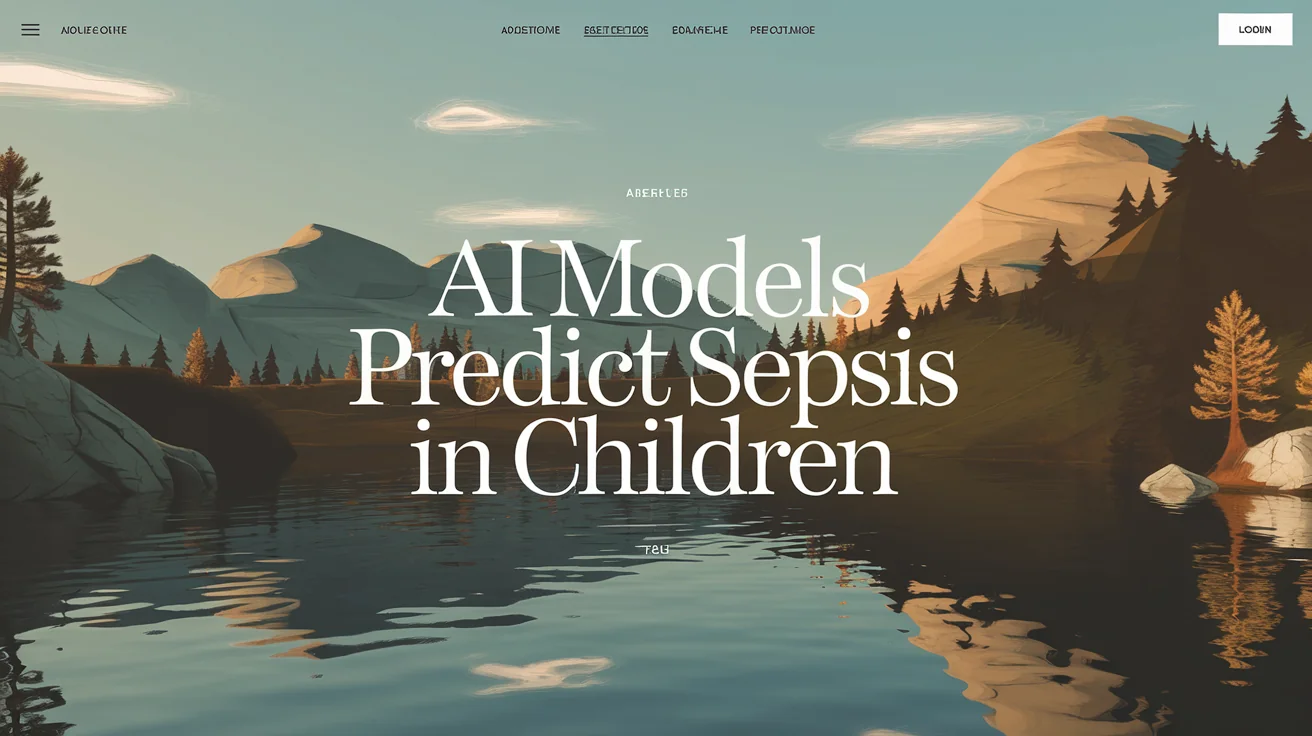AI Models Predict Sepsis in Children

Sepsis, characterized by life-threatening organ dysfunction caused by infection, stands as a leading cause of death among children globally. To combat this critical condition effectively, a team of scientists at Northwestern University and Ann & Robert H. Lurie Children’s Hospital of Chicago have developed innovative AI models capable of accurately identifying children at high risk of sepsis within a crucial 48-hour window, ensuring they receive timely preemptive care.
The recently published multi-center study in JAMA Pediatrics marks a significant advancement as it is the first to leverage AI models for predicting sepsis in children, utilizing the new Phoenix Sepsis Criteria. Previous predictive models had struggled to enhance early diagnosis, making this achievement noteworthy.
Dr. Elizabeth Alpern, the corresponding author and a professor of pediatrics at Northwestern University Feinberg School of Medicine, describes the development as a crucial leap toward precision medicine for sepsis in children. “Our predictive models demonstrated a robust ability to identify children in the emergency department who are likely to later develop sepsis while avoiding overidentifying those who are not at risk. This accurate identification is essential to prevent unnecessary aggressive treatments for children who do not need them,” she explained.
The study was supported by five health systems participating in the Pediatric Emergency Care Applied Research Network (PECARN), which provided access to a large and diverse dataset. By analyzing retrospective emergency department data from January 2016 to February 2020, the researchers developed machine-learning models that were subsequently validated using data from 2021 to 2022. The goal was clear: to predict sepsis early, focusing on children who did not already present with the condition at arrival or within the initial hours of care.
Key predictive features included the emergency department triage score, heart rate, respiratory rate, and any existing medical conditions such as cancer. This targeted approach underscores the importance of early initiation of proven life-saving therapies.
The research team remained committed to ensuring their models were free from biases, as pointed out by Dr. Alpern. Looking ahead, she emphasizes the need for future research to combine these AI-driven models with clinician judgment for even more accurate predictions.
This project was made possible through support from the National Institute of Child Health and Human Development (NICHD) grant R01HD087363.